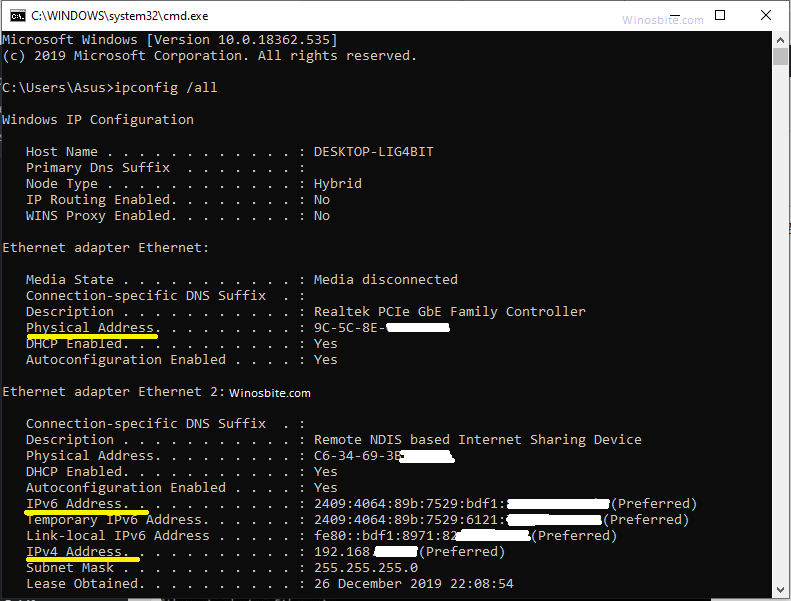
- Iptrace windows cmd generator#
- Iptrace windows cmd manual#
- Iptrace windows cmd download#
- Iptrace windows cmd mac#
Iptrace windows cmd generator#
Please note that this does require that your old host's cPanel backup generator to be active.Ī few examples: An Aluminium Reseller account includes up to 30 free transfers. This will also include your emails and email accounts.
Iptrace windows cmd manual#
Iptrace windows cmd download#
For earlier operating systems, you will need to download and use a third-party program.

To run traceroute on a Mac, follow these steps: If you cannot reach your site, a traceroute will help us determine the issue. It also displays the amount of time each hop takes. You should now be able to use the tracert command and understand its output.Traceroute is a utility that records the route between your computer and your HostGator server. If this isn’t available, only the IP address of the router is displayed.
Iptrace windows cmd mac#
(On Mac or Linux, run traceroute instead.) For example, if you wanted to run a traceroute on How-To Geek, you’d run the command: To run a traceroute, run the tracert command followed by the address of a website. On Windows, press the Windows key, type Command Prompt, and press Enter to launch one. Traceroute is run from a command prompt or terminal window. By sending packets in this manner, traceroute ensures that each router in the path will discard a packet and send a response.

When it reaches 0, the packet is discarded and the router returns an error message. Each time a packet is passed to a new router, the TTL is decreased by 1. In more technical terms, traceroute sends a sequence of packets using the ICMP protocol (the same protocol used for the ping command.) The first packet has a time-to-live (also known as TTL, or hop limit) of 1, the second packet has a TTL of 2, and so on. We’ve used traceroute to explain – and demonstrate - who provides the Internet service for your Internet service provider. Traceroute would show you where that problem is. If you’re having issues reaching a website and that website is working properly, it’s possible there’s a problem somewhere on the path between your computer and the website’s servers. It also displays the delays that occur at each stop. Traceroute shows us the path traffic takes to reach the website.


 0 kommentar(er)
0 kommentar(er)
